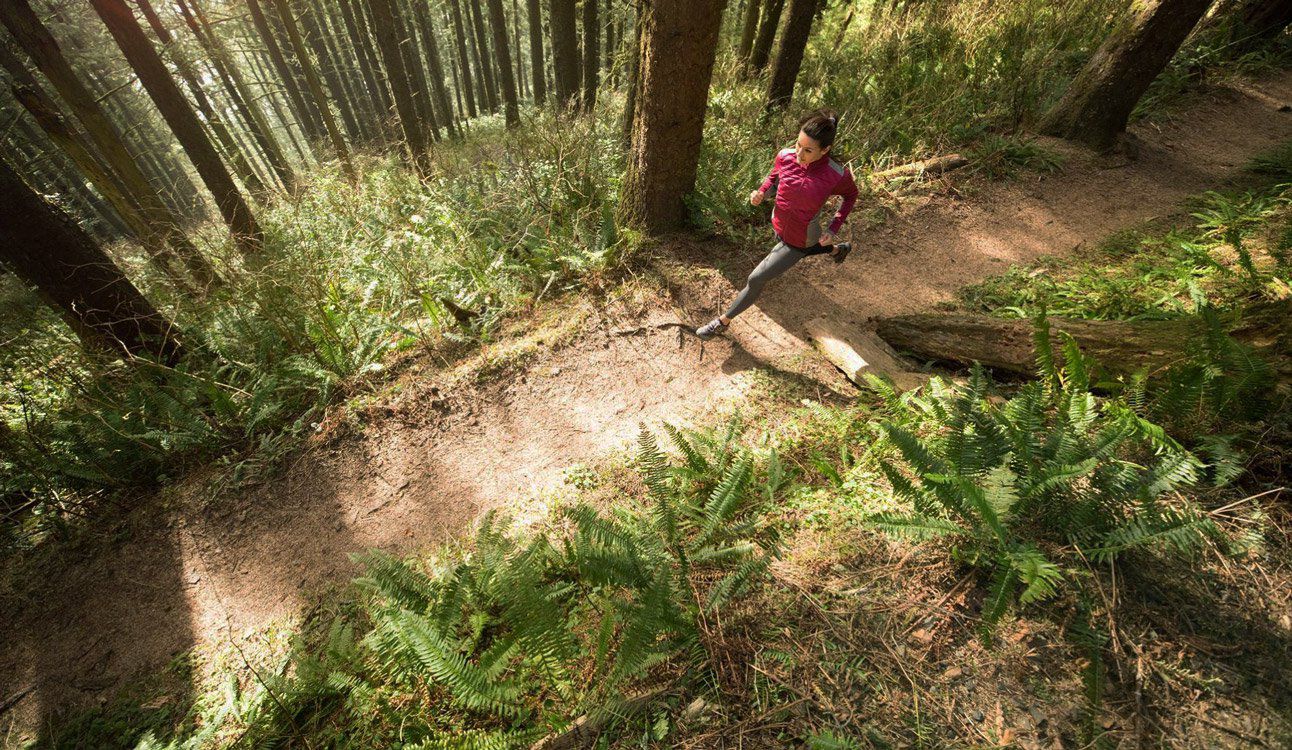
How to Choose the Best Hydration Pack For Running
A buyer's guide for runners of all levels.
There’s always time to go for a run. Pack your gear and make a cardio commute to get home from work. It clears your head and reduces stress the same way meditation does. Hit the trail when the sun is shining or the indoor track when the snow is swirling—the feel-good effect is the same. Even jogging for just 30 minutes a day at a beginner pace (how does a 12-minute mile sound?) improves your overall health, especially your heart. Staying hydrated is the most important thing you can do during and after your run, especially when you’re outside on a hot day. We haven’t encountered too many drinking fountains in the foothills, however. And though they may be more plentiful in the urban landscape, who wants to stop every 20 minutes or so to take a sip? Not us. Regardless of your fitness level, you need the right pack for running to carry enough water. A good rule of thumb is to pack at least one liter of water for every hour you’re out there. Depending on your duration and destination, you may also need to carry a power snack, an extra layer, a headlamp, or other equipment. Use this gear guide to decide how to choose a backpack, running vest, lumbar bag, or handheld hydration system to fit your personal needs as a runner.

Backpacks
All backpacks are not created equal. The difference in strap configuration may not be visible at first glance, but those with a sport-specific design are definitely noticeable on the run. Look for a backpack for running with wide shoulder straps and a broad hip belt with padding to evenly distribute the weight of the pack. Thin straps dig in, cause chaffing and make for a miserable run. The chest strap should adjust up and down so you can find where it feels most comfortable on your chest—something that’s especially important for the ladies. We also recommend selecting a pack with a bit of elastic in the chest strap for a snug fit that doesn’t feel restrictive when you take a much needed deep breath. Most backpacks for running on the market have a separate sleeve to hold a hydration system. This keeps your water colder and also prevents condensation from getting everything else in your bag wet. Make sure there’s a way to secure the hose to the shoulder strap without making it too hard to get a drink while on the go. Hint: magnets are awesome. Whether you’re a cardio commuter or a marathon runner, the hardest part of the purchase decision is deciding how much capacity you need. Generally speaking, smaller is better. But it still needs to be roomy enough to hold a change of clothes, shoes, personal items, etc. Most people find that a 15- or 20-liter bag is a good size for commuting, but you may need to go larger or smaller depending on your gear needs.

Vests
The line between running backpacks and their vest counterparts is a bit blurred. From the back, many (but not all) vests on the market look like a minimalist backpack complete with a compartment for a hydration system and maybe even a bungee to lash a windbreaker or other gear to the vest. From the front, however, running vests are different. The breathable fabric typically hugs your sides and covers most of your chest, connecting with one or two short straps. When adjusted, the straps should be somewhere in the middle of the fit range rather than at the beginning or end. The fit of the vest makes it more stable than a backpack and ideal for a variety of uses, from long-distance runs to rock-hopping trails. Dual water bottle pockets on the front give you the option to carry water in one and a sports drink in the other. We recommend styles with collapsible flasks that conform to your body as the liquid level drops. Bottles made of rigid plastic often feel uncomfortable and the contents sometimes slosh around. Check out the placement of pockets and look for other functional features like holders for sunglasses to make sure the vest suits your needs. Some vests are designed specifically to fit the female form, while others are considered unisex.

Lumbar Packs
This isn’t a fanny pack from the 80s. It’s a pack for running that is popular with those who don’t want anything on their backs, whether to stay cool while running in hot climates or to prevent shoulder or back pain. Also called a hydration belt or a running waist pack, a lumbar bag enables you to carry one or two bottles and a few other necessities. Some bottles are flask-sized, only holding 8 or 10 ounces, while others hold upwards of 20 ounces. The larger the bottles, however, the more chance of bouncing. Look for waist packs with adjustable belts made from breathable material that provides just enough padding and stretch to fit comfortably on your natural waist without riding up or rebounding as you run. Other features you may appreciate on a waist pack include reflective details for low-light runs, a phone pocket with a touch screen window, and attachment points for a light jacket or race bib.

Handheld
Why is your water bottle wearing a mini backpack? To hold your phone and keys, of course. Handheld hydration systems typically include a rigid bottle with ergonomic grooves for your fingers and a removable bag that keeps small personal items secure. The bag or a strap encompasses your hand to prevent accidental drops. Handheld hydration systems are best suited for short runs on smooth surfaces. They aren’t the best trail running packs as they compromise your ability to catch yourself if your foot finds a loopy root. (Trust us, faceplants are no fun!) Some runners feel unbalanced if they are only carrying one bottle, so you may want to consider purchasing two. Handheld hydration systems also give your arms more of a workout—when full, a single bottle can weigh over a pound. This is a pro for some and a con for others.
Care and Storage
You shower after every run, show your running packs the same kind of care. Whether you purchase a backpack, vest, or a lumbar bag, be sure to spot clean it after every use, and thoroughly wash it on a regular basis to prevent permanent odors and stains. Even when it doesn’t look dirty, it's surprising just how gunky it gets! Hydration bladders, hoses, and bottles should also be washed after every use. Follow the manufacturer's directions as some bottles are dishwasher safe, but others require hand washing.
Shop Premium Hydration Packs For Running
Whether you’re thinking of getting a backpack for running, a vest, a lumbar bag, or a handheld hydration system, it is important for you to bring water on your runs. Stay hydrated by checking out our hand-curated selection of running packs.




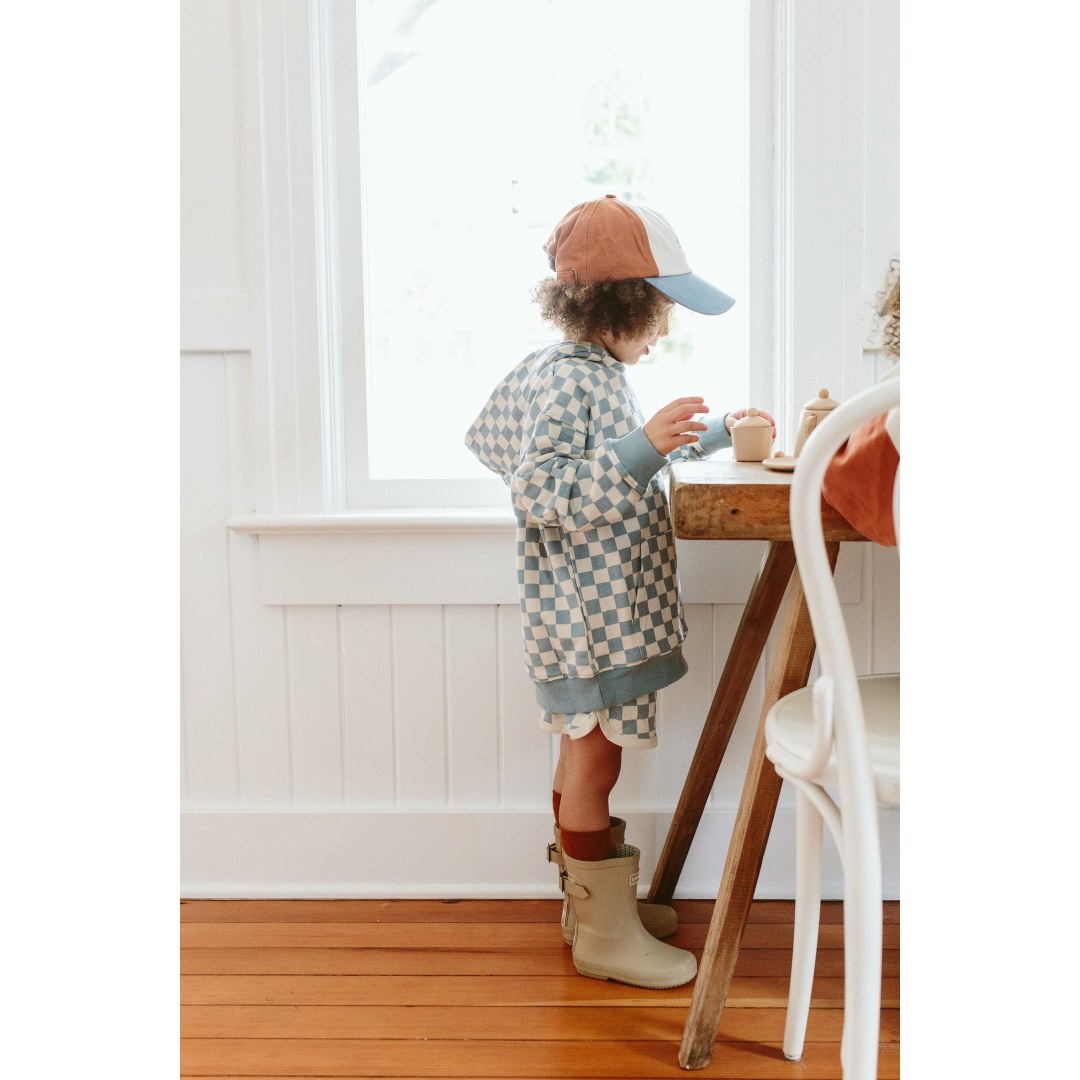
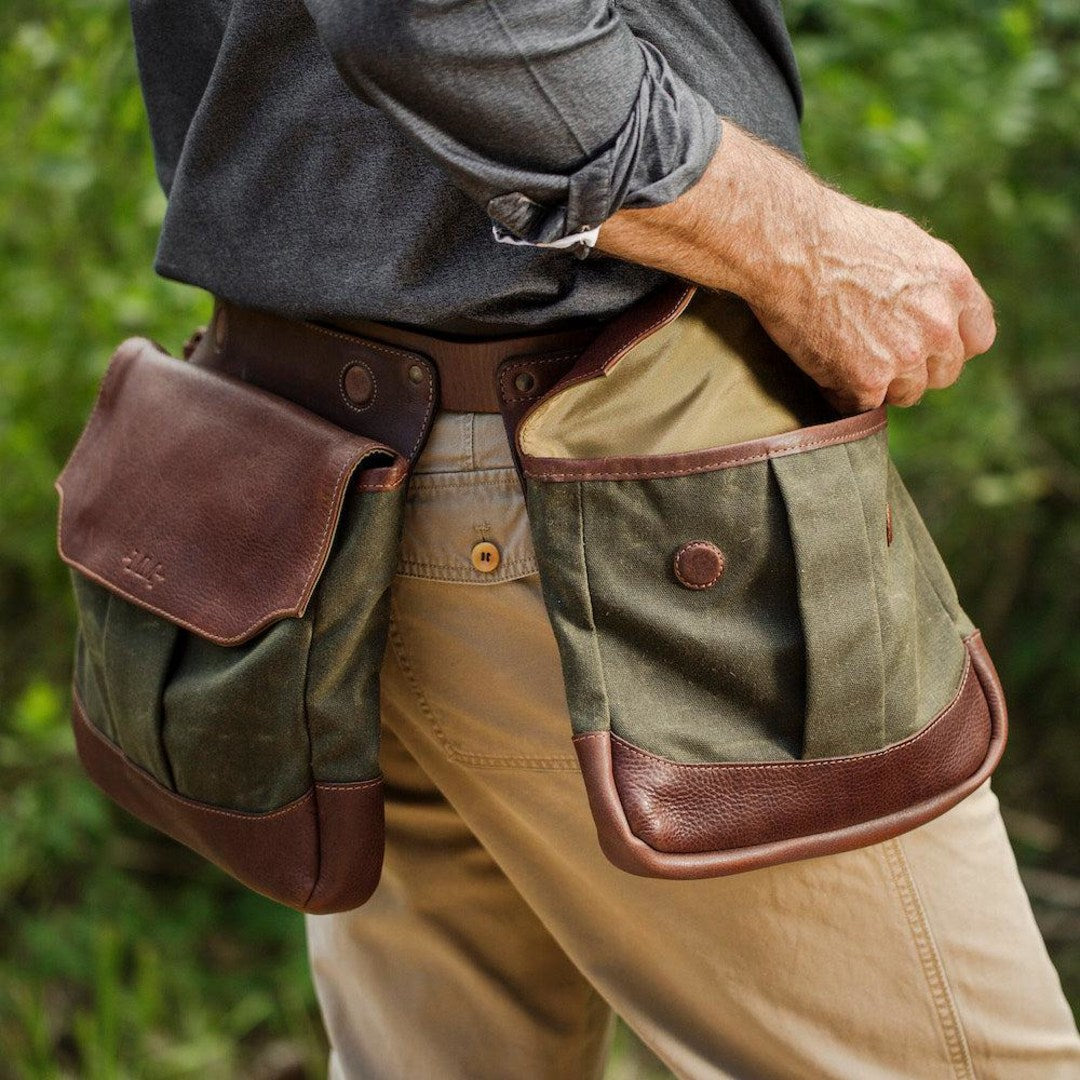
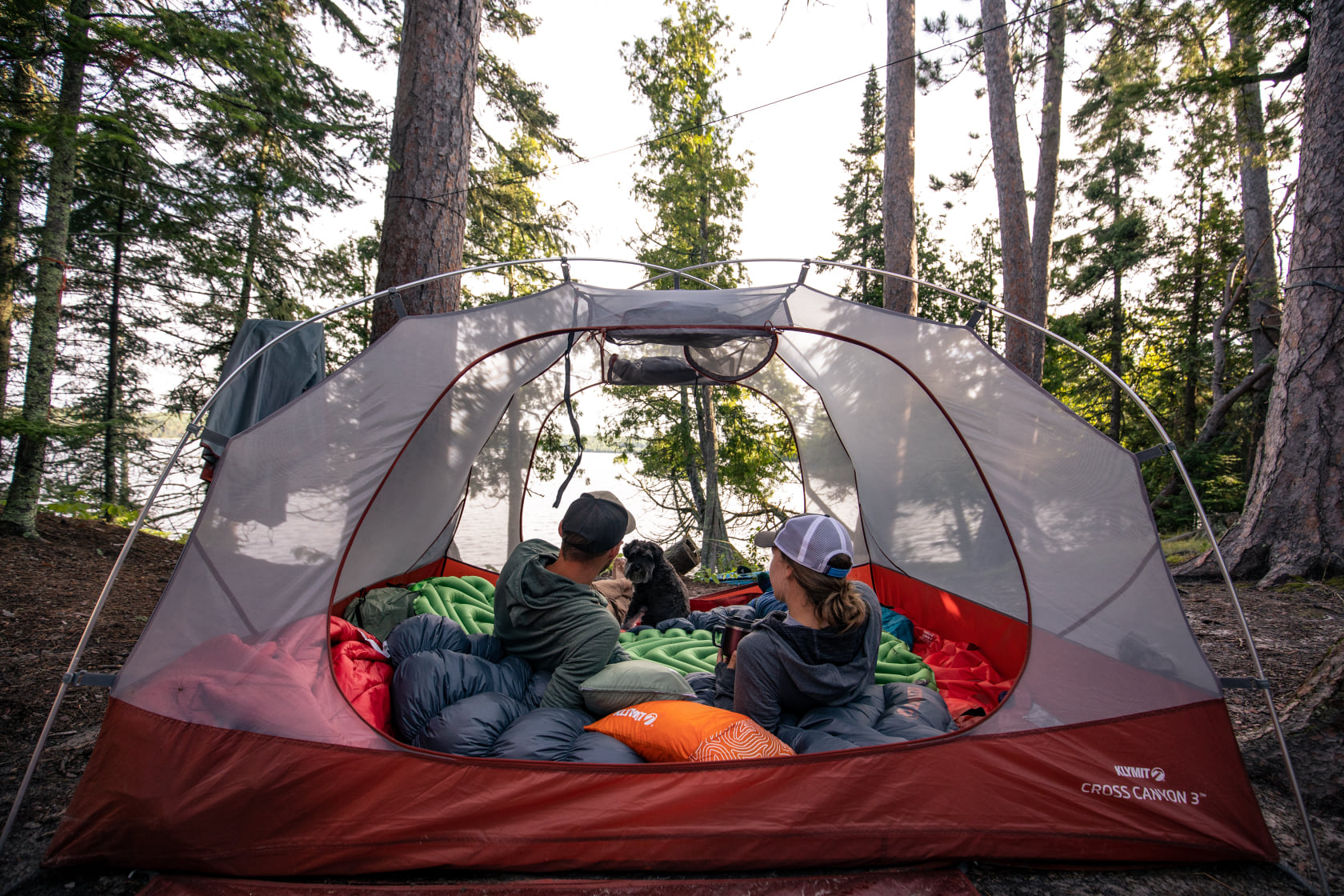

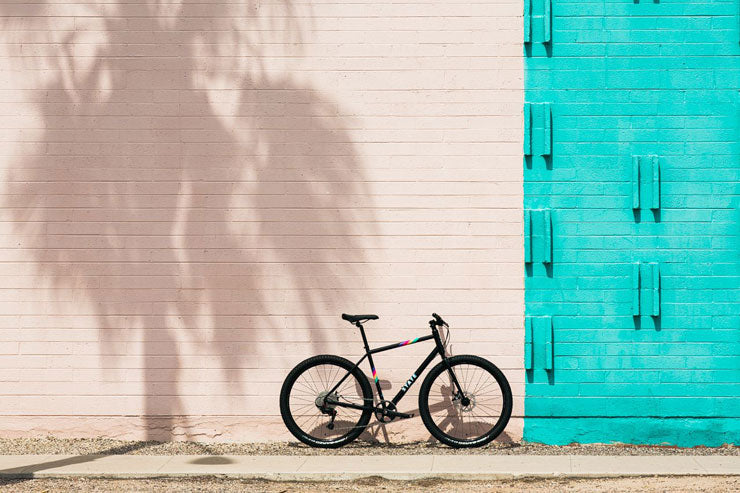




Leave a comment
This site is protected by hCaptcha and the hCaptcha Privacy Policy and Terms of Service apply.